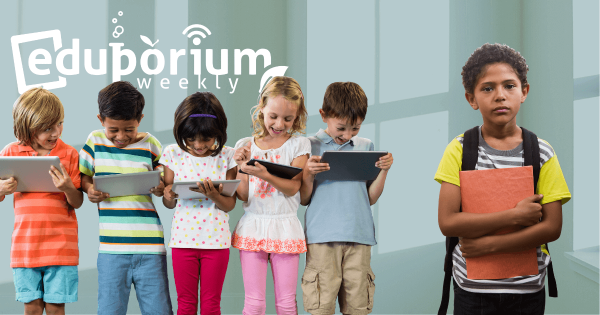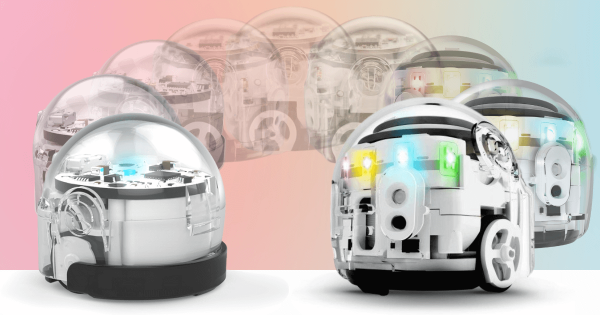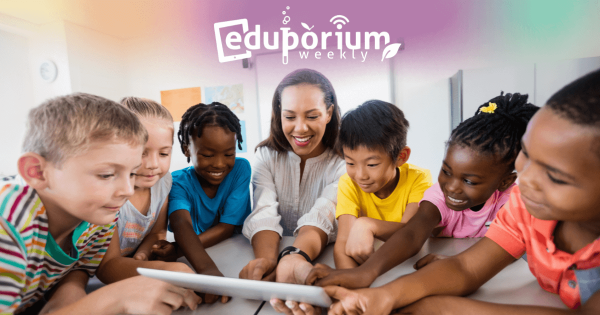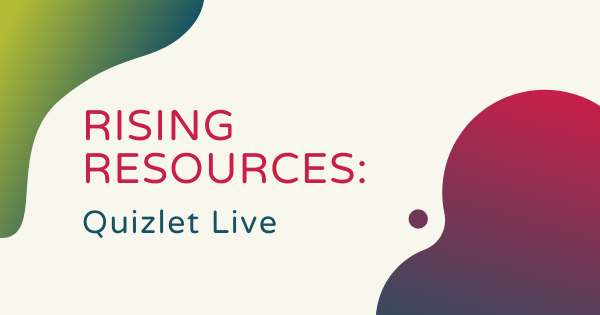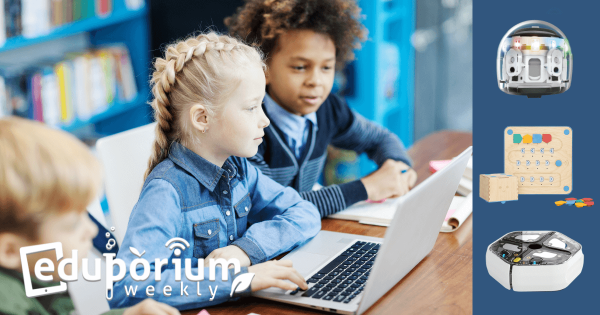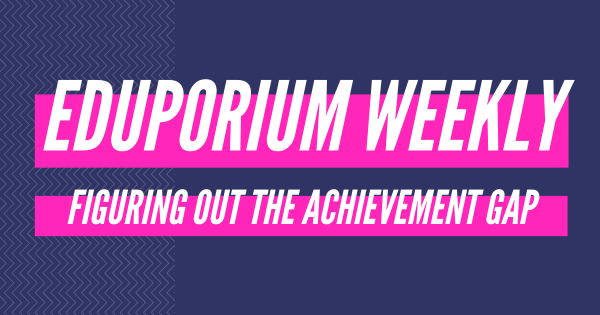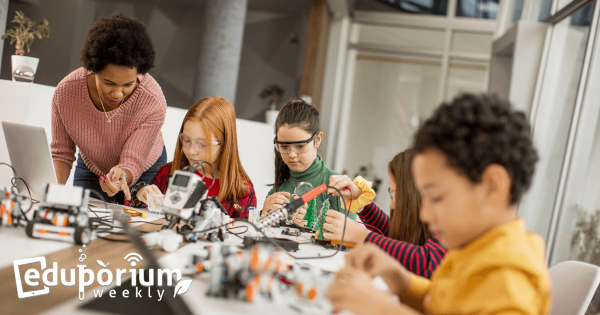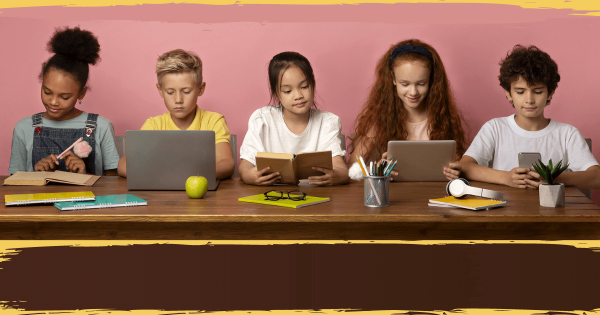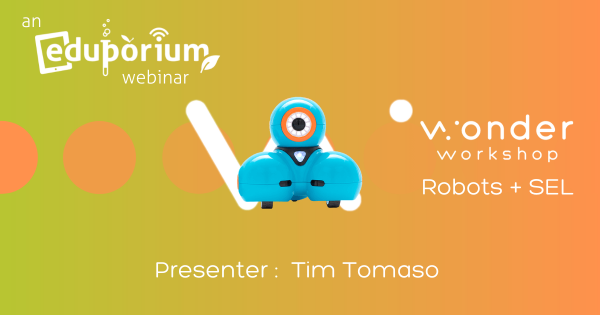It has now been slightly over three years since the pandemic first shook up the education world. Beyond initial struggles with administering emergency instruction and too many parents worrying about kids losing academic and social development, another key factor emerged. We knew there was a big digital divide among our students, but didn’t realize how bad it really was.
Search results for '3 reasons'
-
Upgrading From The Ozobot Bit To The Ozobot Evo
The Ozobot Bit Robot was a longtime go-to STEM solution for teaching all about coding, robotics, computational thinking, and problem solving. Now that the Bit has been retired for a few years, however, you may want to try to upgrade. Its successor, the Ozobot Evo, continues to enable educators to teach CS lessons with its significant upgrades, like Bluetooth capability. -
Eduporium Weekly | Culturally Responsive Teaching
We now have so many unique teaching styles and strategies for effectively communicating curricular content to your kids, including teacher-centered, student-centered, self-paced, competency-based, and even inquiry-based models among others. Then, there is culturally responsive teaching, which involves shifting instruction and language for kids from different cultures. -
Rising Resources | The Quizlet Live Assessment Game
Quizlet Live is a collaborative classroom game that your students can play together from their own devices. They could use it in the same classrooms or when studying from home—perfect for accommodating review efforts at all different times. To get started with Quizlet Live, teachers can just create a Quizlet account and they’ll get a Quizlet Live code to share -
Eduporium Weekly | Coding For Kids Of Different Ages
There are typically two primary options for younger kids (or older students) to get started with coding: either physical tools or digital tools. Most of our expertise involves the physical coding tools, including educational robotics kits, circuitry solutions, or even programmable drones. Especially following the remote learning era, however, there are also strictly virtual platforms. -
Eduporium Weekly | Figuring Out The Achievement Gap
When we talk about achievement gaps in education, we’re usually referring to measurable variance in achievements among students from different but often inherent groups. These include gaps in grades, attendance, and even soft skills development, and how not having truly equitable opportunities is affecting them. Moving forward, preventing and shrinking said gaps is key. -
Eduporium Weekly | Makerspace Tips Across Grade Levels
If you mostly focus on introducing elementary school students to MakerEd, it could potentially involve a much more simplistic start. Then, once they’re into middle school, children can start to create their own valuable MakerEd experiences. And, by the time they transition to high school and more fully grasp the essence of making, it’s up to them to impact their -
Digital Inclusion: Why Is It So Important In Education?
With information and communications technology (ICT) generally regarded as one of the top sectors across the current workforce, the need for digital literacy proficiencies are now much more urgent across education and that starts with improving digital inclusion and equity in every classroom. We all can help slim the digital divide so digital inclusion is a right not a privilege. -
Video: Our Webinar On Wonder Workshop's Dash And SEL
For anyone who isn’t familiar with the Dash Robot, Tim started with a brief introduction. For its cost, the Dash is extremely high-tech, durable, and it’s built with a strong battery life. Elementary educators can use it across their STEAM lessons for up to three hours on a single charge, covering multiple class periods and incorporating SEL. Watch the full -
Eduporium Weekly | Scaffolding Instruction In STEM And Beyond
Helping students learn through both independent and guided experiences can enable them to view their education differently. When we use the term ‘scaffolding,’ we’re typically referring to any targeted teaching and learning approaches that gradually evolve and ultimately empower students to lead their own learning, which is very relevant in hands-on STEM experiences.



